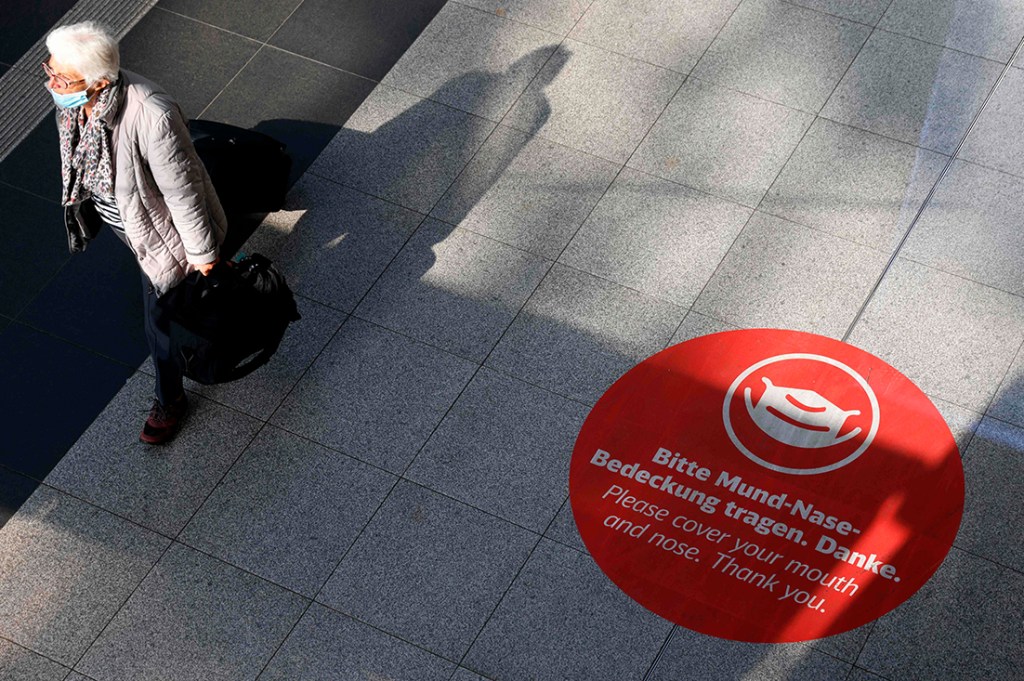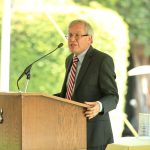Berlin’s partygoers are being told to stay at home by health experts and politicians amid rising new coronavirus cases. Researchers say that clubs and restaurants have become super spreading hubs as Germany’s looser COVID-19 restrictions have allowed events to take place again.
Germany’s infection control agency warned on Tuesday that the country could see up to 10,000 new coronavirus cases a day after it recorded the highest daily infection rate since April. There were more than 4,000 new cases confirmed on Thursday and then another 4,000 confirmed today. The announcement has raised fears that the pandemic is picking up pace in a country that so far has coped better than many of its European neighbors. Health minister Jens Spahn has told reporters he is ‘very concerned’, urging people to obey COVID-19 prevention measures.
Germany seems well prepared for now. The country still has 8,500 free intensive care beds and a further 12,000 that can be mobilized within seven days. Andreas Gassen, head of Germany’s National Association of Statutory Health Insurance Physicians, recently said the country is conducting over 1.1 million tests a week, of which only about 1.5 percent are positive — a far lower rate than in spring, suggesting fewer infections are going unnoticed.
That being said, cities such as Berlin have now been declared ‘risk areas’ because the infection rate is above 50 new cases per 100,000 residents over a seven-day period. Four districts in particular have recorded concerning numbers, with Berlin-Neukolln confirming a record high of 133 new cases per 100,000 residents.
[special_offer]
Some restrictions that had been lifted during the summer have been put back in place. Most notably, travel restrictions have been reintroduced. Residents from cities and regions that record a rate above 50 per 100,000 have to produce negative test results in order to book hotels elsewhere in the country. Berlin, Frankfurt and other cities have also introduced curfews, arguing that crowded places such as restaurants and bars are a major reason for the rise of new cases.
The German army has assigned 1,400 soldiers to support cities, with another 15,000 waiting to potentially increase the support until the end of the year. The deployment of German soldiers on national territory outside the military bases is rather unusual and shows how concerned the authorities are. ‘Some say the second wave has already started. I believe that is true,’ Martin Schelleis, the lieutenant-general who coordinates the support, said.
On Friday, Merkel will meet with the governments of Germany’s 11 largest cities. In the past, she usually met with the heads of the 16 federal states, as outbreaks often started in smaller communities like Heinsberg and Warendorf. While the attention is shifting towards the dense urban centers in the country, mayors and town hall officials are pressured to take initiative. Obligations to wear masks in public places, closures of bars and restaurants, bans on alcohol and greater police presence in the inner cities are some of the measures that are currently being discussed. For now, the party seems to be over in Germany.
This article was originally published onThe Spectator’s UK website.


















